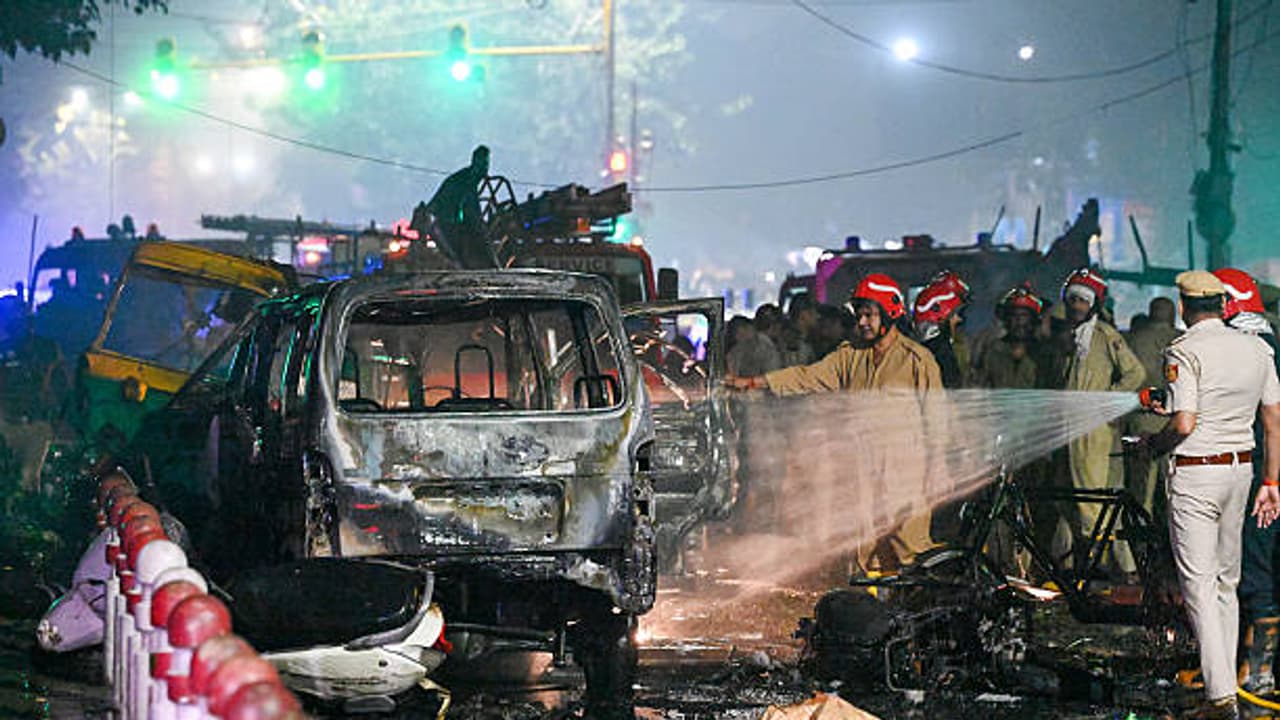In the immediate aftermath of the Red Fort explosion, Delhi Police officials initially announced that the blast appeared to be caused by a CNG cylinder.
Soon after the explosion near the iconic Red Fort, Delhi Police officials initially announced that the blast appeared to be caused by a CNG cylinder.— a conclusion that was overturned within hours. When first responders reached the scene, they saw a Hyundai i20 reduced to a mangled shell, engulfed in flames. The vehicle’s CNG kit lay amid the debris, prompting officers to suspect a cylinder blast. “At that stage, there were no visible fragments or blast marks typical of explosives,” said an officer from Daryaganj police station.
This assumption at first, reinforced by the presence of burnt fuel residue and heat signatures resembling a combustion-induced fire. But as disturbing videos from bystanders surfaced online — showing bodies across the road and nearby cars ablaze — experts began to dismantle the CNG theory. “The shockwave and body dispersal pattern don’t align with a CNG explosion,” observed a retired NSG bomb disposal expert.
By late evening, the Delhi Police Special Cell had summoned forensic teams from the FSL and the elite NSG unit. Their preliminary findings dealt a decisive blow to the cylinder theory. Investigators noted that both the temperature and the hue of the flames contradicted a CNG-led fire. “CNG burns blue and rarely projects flames over long distances. Here, the blaze was deep orange — a sign of chemical fuel or accelerant,” one investigator explained.
Senior officers have since clarified that the CNG claim was merely a “preliminary observation pending forensic confirmation.”
